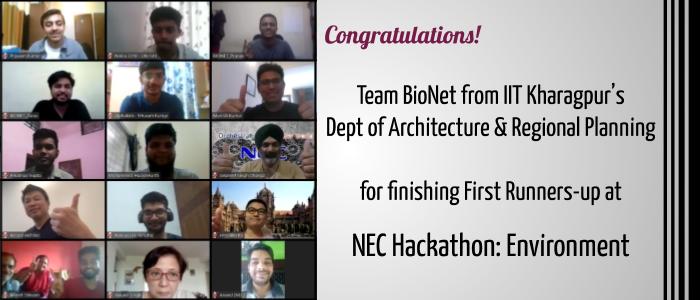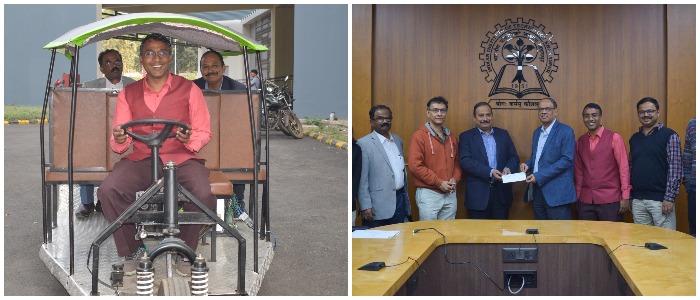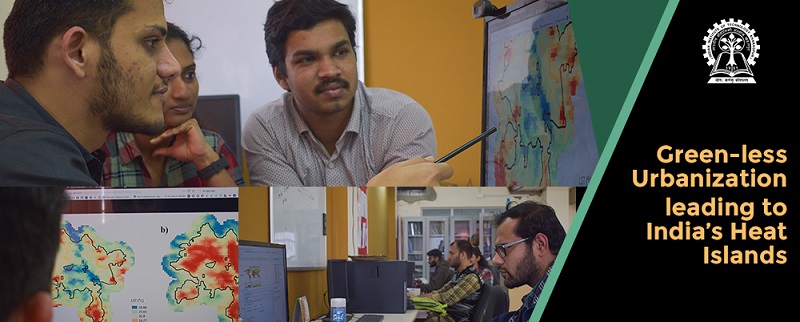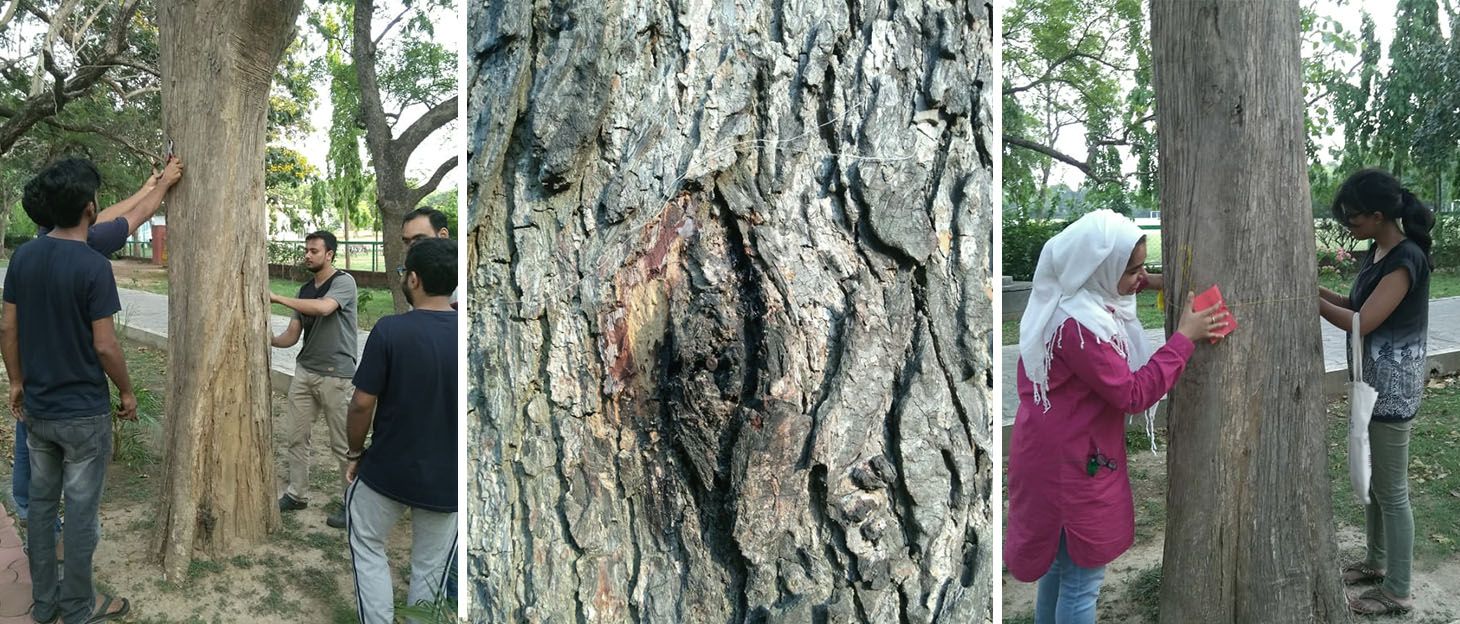
Green Innovation by IITKGP Students Stands Second at NEC Hackathon
Students from IIT Kharagpur have secured 1st Runners-up position at the NEC Hackathon: Environment for developing environment-friendly and revenue-maximizing business applications for the farming community to manage crop residue. Vaishnav Katiyar, Pranav Agarwal, Paras Chaudhary and Shivam Tiwari, final year students from the Dept. of Architecture & Regional Planning have achieved this feat at the PAN India competition organized by NEC Japan and HackerEarth. The event witnessed participation from 1149 teams from all over the country of which 18 teams reached the finale. The hackathon enabled participants to identify the challenges, a factor of problems, analyze them and develop a solution…



